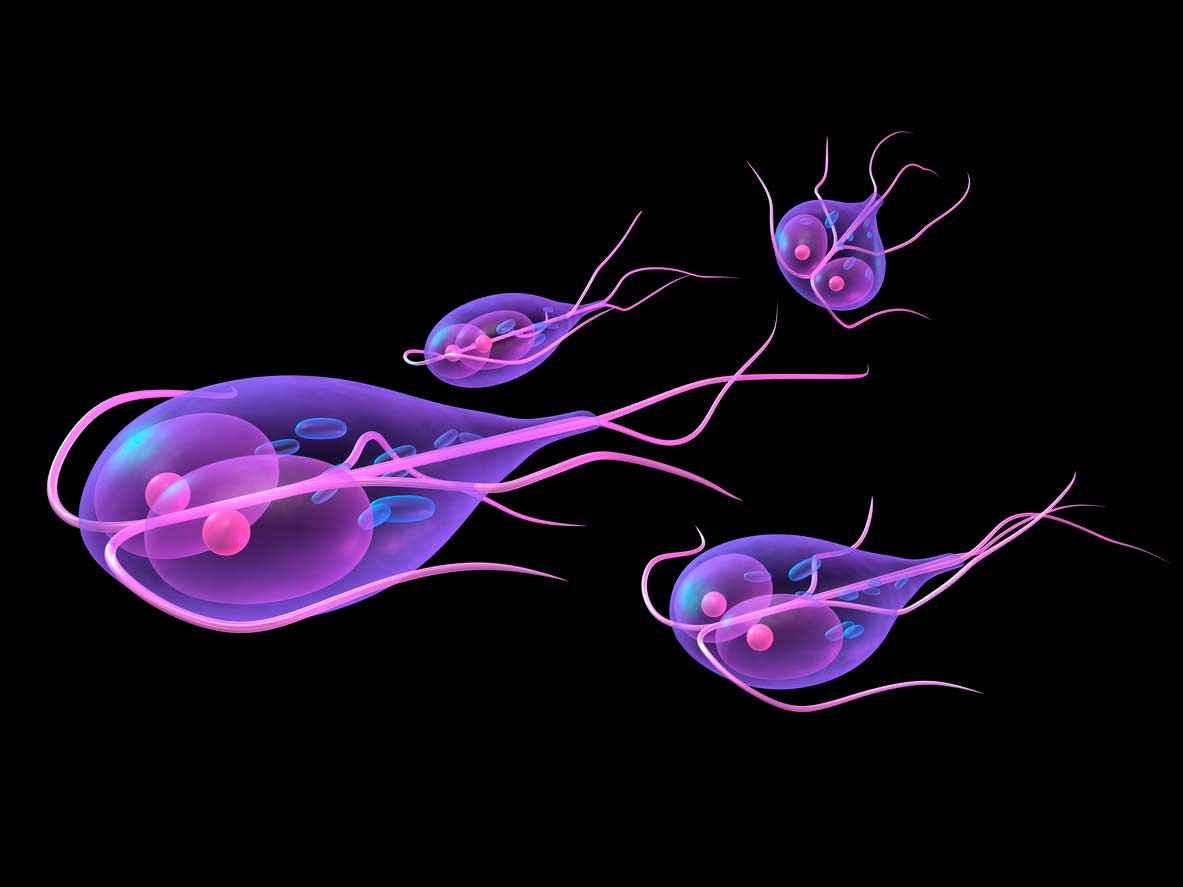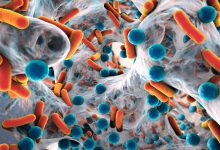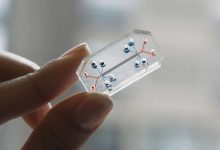
A team of researchers at the University of East Anglia (UEA) discovered the mechanism by which parasite’s activities were causing severe symptoms in some patients
Giardia is a parasite which causes an infection in your small intestine or diarrheal illness known as giardiasis. It is easily spread in people through drinking infected water or contaminated food, causes a disease called giardiasis It is the reason for most gastric disease worldwide. Currently, more than 200,000 people are ill with giardiasis and there are 500,000 new cases a year.
This parasite has eluded scientist for many years as they could not find the mechanism by which parasite was causing severe symptoms in some patient.
A new research published in the journal GigaScience, done by a team at the University of East Anglia (UEA) discovered the mechanism by which parasite’s activities were causing severe symptoms in some patients.
They revealed that giardia parasite causes lessened expression of brush border enzymes. It breakdowns the cells present in the gut and uses them as an energy source by feeding on them by mimicking the protein whose function is to break apart cells in the gut.
The research team, based in the National Institute for Health Research Health Protection Research Unit in Gastrointestinal Infections, at UEA’s Norwich Medical School invested the parasite giardia and found that success of giardia is because of two proteins produced by them. These proteins help giardia to cut through layers of protective mucus in the gut. It also helps the parasite to break the association that holds the cell together in order so that they can easily use these cells as a source of the nutrient.
During their research at UEA’s Norwich Medical School based in the National Institute for Health Research Health Protection Research Unit in Gastrointestinal Infections, they infected the cell culture with giardia to find out what parasite is producing to cut the protective mucus layer in the gut. They observed that parasite was producing two proteins out of which one was mimicking a human protein called Tenascins which was triggering the process of cell breakdown in the gut.
Tenascin is a glycoprotein expressed in the extracellular matrix of various tissues during development, disease or injury, and in restricted neurogenic areas of the central nervous system.
This protein is essential for the body as they help in regulation of cell adhesion during wound healing and tissue remodeling. Cell adhesion is the process by which cells interact and attach to a surface, substrate or another cell. This protein carries out the function of breaking cell when needed and balancing the proteins that glue the cells together. However, in giardia, the tenascins protein prevent the healing of the junctions between cells that hold them together which in turn distresses the body balance.
According to the Senior author Dr. Kevin Tyler, from UEA’s Norwich Medical School, this new finding is completely a new model to show how this disease develops in the gut and also describe why in some people the symptoms can be more severe. giardia break down the cell barriers and made all these nutrients available, which leads to the availability of’ ready meals’ for other opportunistic bacteria. It can make giardiasis even more severe for some.
“Giardia was one of the very first disease-causing microbes to be visualized – scientists have known of its existence since 1681. But this is the first time we have been able properly to understand why this parasite is so successful.”
In the light of this research, the next aim of the team is to find a way by which they can neutralize these proteins and provide therapy for the illness. They also want to find whether differences in these molecules, between parasites that cause more severe disease and those that do not, can be used to identify the more dangerous strains – which is not currently possible.






